Fraud Alert - Beware of Fraudulent CPR Courses in San Francisco
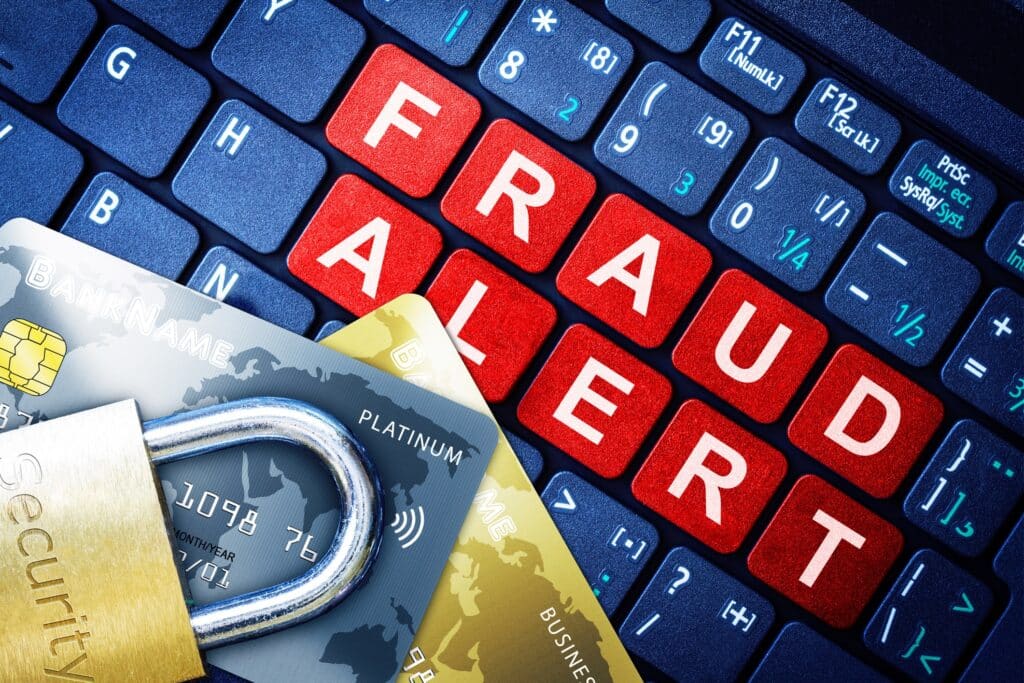
How Do I Know If A Class Is Fraudulent?
Identifying a fraudulent American Heart Association (AHA) training course is crucial. Here’s how to spot the red flags and take action when something doesn’t seem right.
Fraudulent AHA training courses have become a growing problem across California and the United States. To protect yourself, always verify the authenticity of a course through the official AHA website or contact their support team directly.
If you suspect a course you’ve taken (or are planning to take) is fraudulent, take responsibility and report it to the American Heart Association.
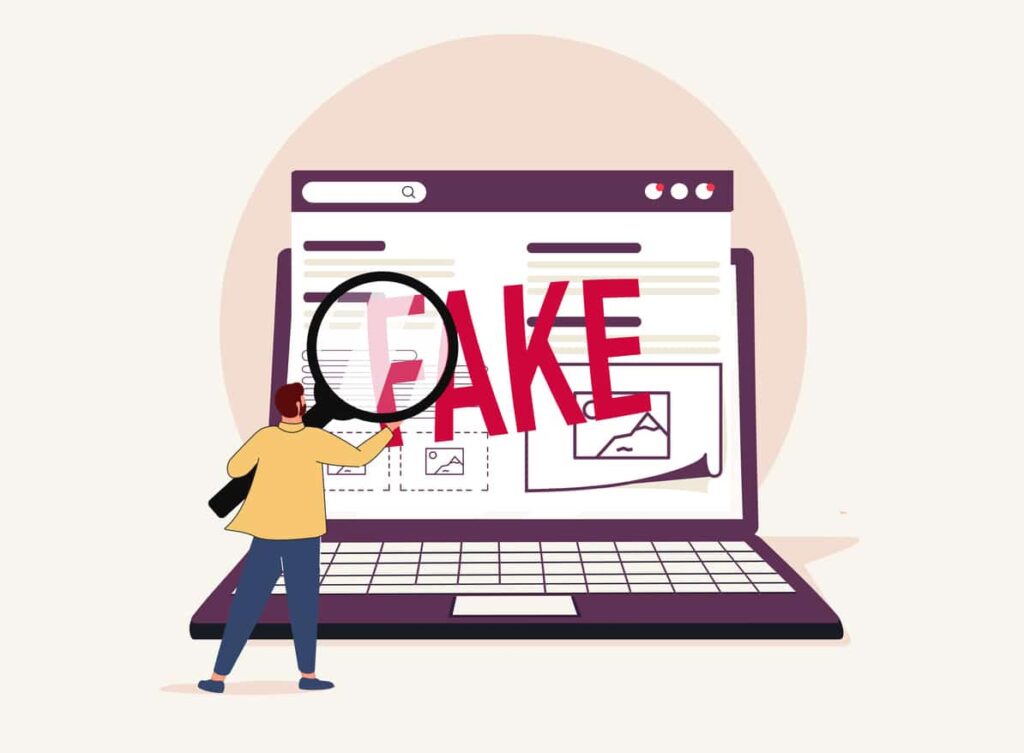
Summation of CPR Scams
- They skip essentials like hands-on practice with manikins or issuing proper training materials like course books.
- They lack a professional website, or the one they do have seems questionable.
- Beware if there’s no physical address or reliable phone number to reach them.
- If the American Heart Association (AHA) logo isn’t on their website, they may not be affiliated with the AHA.
- Offering certification without requiring proper skill testing is a major red flag.
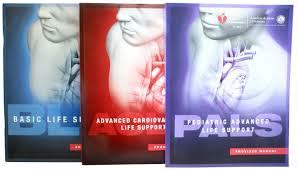
Stacking - Teaching Classes Same Time
Some companies claim they can teach multiple courses—like BLS (Basic Life Support), ACLS (Advanced Cardiac Life Support), and PALS (Pediatric Advanced Life Support)—at the same time. The truth? It’s not possible. Each course has unique content, including distinct videos and materials, making it impractical to run them simultaneously.
What to do:
If you notice this happening, report it. You can contact the American Heart Association directly at [email protected] to ensure training standards are upheld.

Online Only CPR Companies
The American Heart Association (AHA) does not approve or certify courses created by other organizations. If a website claims their training is “AHA Certified,” “AHA Approved,” or “AHA Compliant,” those claims are false. These are often fake sites offering misleading certifications.
What to Know About Genuine AHA Courses:
- AHA-authorized training is only available through official AHA Training Centers.
- Completion cards must be issued by these certified centers—no exceptions.
- If you choose an online CPR course, it must be taken through the AHA. Skills testing must then be completed with an AHA-certified instructor or via a VAM (voice-assisted manikin).

Cash or Venmo Accepted Only
When choosing a CPR training company, how you pay matters. Avoid businesses that only accept cash, Venmo, or PayPal. Here’s why:
- These companies may avoid taxes and operate short-term, making them unreliable.
- If you pay in cash and get scammed, you have no way to recover your money.

Zoom Courses
What’s Allowed Over Zoom?
- Take the official BLS Online Heartcode or Heartsaver Online CPR and First-aid course.
- Complete a skills test with an AHA instructor over Zoom in an office equipped with proper CPR manikins.
What’s NOT Allowed Over Zoom?
- Zoom meetings without proper equipment, like CPR manikins or an AED.
- ACLS or PALS skills testing over Zoom—this is strictly prohibited by the AHA.
What to do
For any compliance questions, email the American Heart Association at [email protected]

Written Test Only
If you’ve taken an online test on eLearning.heart.org and received an American Heart Association (AHA) certification card via email from an outside company, you’ve been scammed. Passing a written test alone doesn’t meet the AHA’s standards. To earn a valid certification, hands-on practice with CPR manikins is essential.
What to do:
Report the fraudulent activity immediately by emailing the American Heart Association at [email protected].
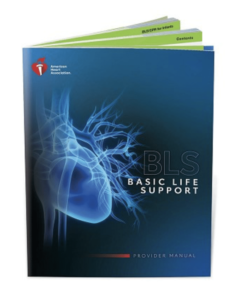
Book Policy
If you’re taking an instructor-led course, the American Heart Association requires you to have the course book or eBook “before, during, and after the class.”
If your instructor loans or rents a book to you, or doesn’t require you to purchase one, the course may not be legitimate.
What to do:
Report it to the American Heart Association by emailing [email protected].
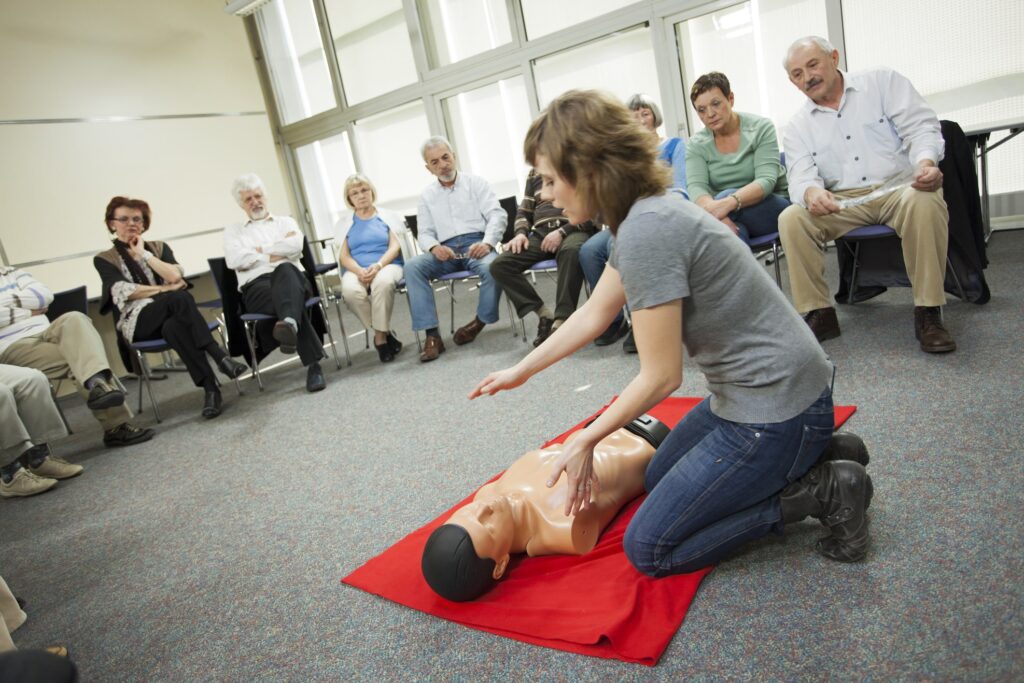
Instructor To Student Ratio
The instructor-to-student ratio plays a crucial role in ensuring effective monitoring and successful training sessions. If an American Heart Association (AHA) course exceeds the recommended ratios, it’s essential to take action.
BLS: 1 instructor for every 9 students
ACLS: 1 instructor for every 6 students
PALS: 1 instructor for every 6 students
What to do:
If you’re attending a course with too many students per instructor, email the AHA to report the issue at [email protected].
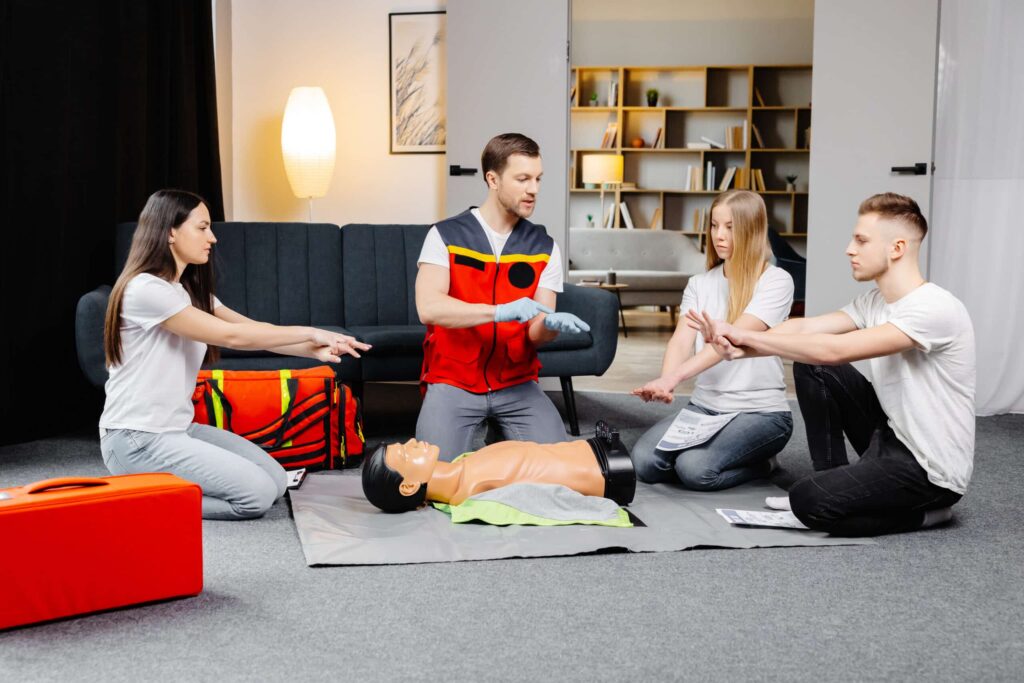
Classes Inside A Person's Home
- Fire Hazards and Safety Risks
- Lack of Proper Insurance
- Unprofessional Conduct
- Personal Safety Concerns

Course Length For Instructor Led Training
When signing up for CPR courses in California, it’s crucial to choose a legitimate provider. Some companies shorten courses to save costs, which compromises the quality of training. Here’s what you need to know:
BLS (Basic Life Support): 3–4 hours
ACLS (Advanced Cardiovascular Life Support): 4–6 hours
PALS (Pediatric Advanced Life Support): 4–6 hours
What to do:
If you suspect the course you’ve taken isn’t legitimate, report it to the American Heart Association by emailing [email protected].
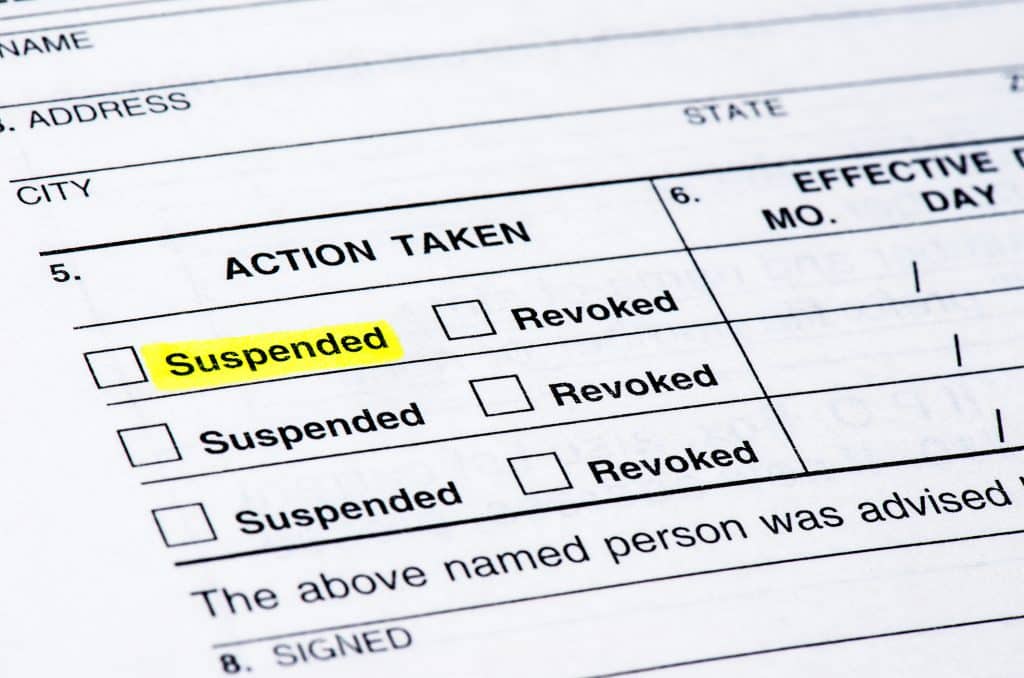
Revoking Your Certification Card
If you take a non-compliant course, your certification card can be revoked. Because it’s an eCard, your employer or school may be notified of the non-compliance, potentially hurting your reputation. They’ll know you attended a course that doesn’t meet the required standards—a red flag no professional wants.
For instructors offering public courses, the consequences can be even more severe. If a non-compliant course is identified, all cards issued by that instructor over the last three months could be revoked. Imagine the refunds you’d have to process and the damage this could do to your credibility.
The complications don’t stop there. If CE (Continuing Education) credits, such as those issued by dental boards, are involved, you might face additional compliance issues.

Nurses And Professional Conduct
Nurses, dentists, and other medical professionals in California must uphold a strict code of ethics. Taking a CPR course that doesn’t meet proper guidelines can lead to serious consequences, including the need to retake the course or possible disciplinary action. Additionally, some schools and healthcare facilities reject certification cards from unverified or fraudulent CPR training providers.
If you’re an administrator, ensure your team is trained at a reputable American Heart Association (AHA) Training Center. Not doing so could harm your organization’s reputation and integrity—something no one wants to see featured in a news headline (see below).

Fraudulent CPR Training In The News
Resuscitation Quality Improvement by the American Heart Association
When it comes to ensuring you’re enrolled in a valid American Heart Association (AHA) course, here’s what you need to know: Attend the certified AHA HeartCode course for BLS CPR, ACLS, or PALS training. This includes completing the official AHA HeartCode online module followed by hands-on skill testing with a voice-assisted manikin (VAM) or a virtual instructor. Upon successful completion, you’ll receive the official AHA certification card, valid for two years.
Safety Training Seminars makes this process straightforward by offering courses at over 65 locations across Northern California. With AHA license number 20784 and over three decades of experience since our founding in 1989, we’re trusted by leading medical and healthcare organizations throughout the state. Each year, more than 60,000 students choose and return to us for their training needs.

